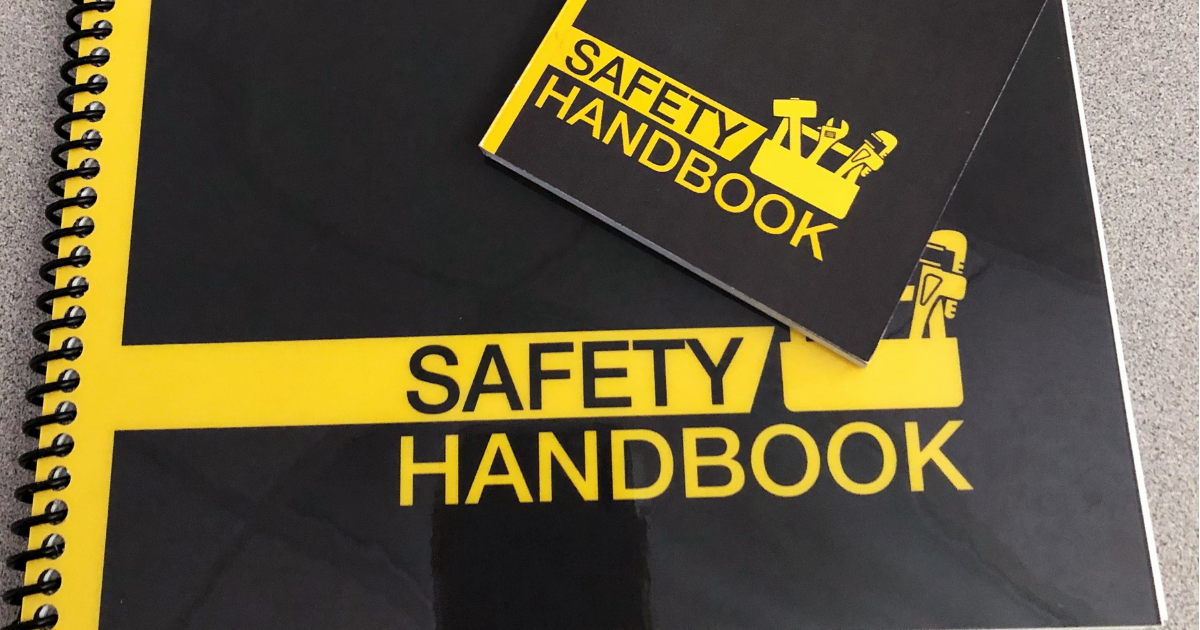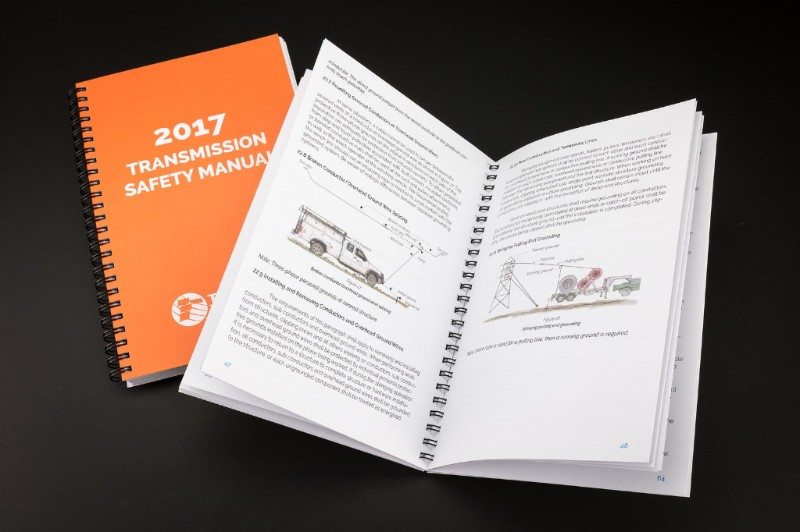
The Most Effective Types of Safety Signage
Thursday , 17 October 2019 |

More than 2.8 million workplace injuries are reported by private industry employers each year, and nearly one-third of those non-fatal injuries result in days away from work. Posting signage that reiterates rules, tips, and best practices is one of the most important--and effective--steps that businesses can take to reduce workplace injuries and ensure workers are putting safety first.
The vast majority of workplace accidents are preventable. Research shows that one of the most effective ways to avoid injuries and keep people safe in hazardous situations is to post cautionary signage.
Signage can help keep safety at the forefront of everyone’s minds. And, when it’s a top priority, facilities are more productive plus, in turn, they become happier places to work.

How to Use Signage to Improve Workplace Safety
The ANSI/NEMA Z535 Standard establishes certain requirements for the design, application, and appropriate use of safety signs in the United States, including the coloring, signage dimensions, and font size on any required signage. The most effective types of safety signage follow the standards laid out in these guidelines.
The five types of signs recognized by the ANSI/NEMA Z535 Standard are (1) danger signs, (2) warning signs, (3) caution signs, (4) notice signs, and (5) safety instruction signs. Private businesses also have the freedom to post more custom signs, with humorous safety slogans and icons designed to grab people’s attention.
When it comes to signs that are meant to increase worker safety, the most effective sign is one that gets noticed on a regular basis. Using bold fonts and bright colors tends to be eye-catching.
And, because workers may speak different languages, it’s important that signs are created in a way that can be understood regardless of language. This is where graphics, or icons, and color comes into play. Red is understood to mean stop, yellow indicates caution, and orange can mean serious hazards.

Key Takeaways When Using Signage to Increase Safety
- Review the ANSI Z535 Standard to ensure new signage follows current best practices.
- Post signage close enough to the hazardous site so that it’s relevant, but not so close that employees must enter a dangerous area to see the sign clearly.
- When possible, incorporate bright colors and clear, large fonts into safety signage.
- Avoid posting too many signs in one area, especially if the warnings on those signs are contradictory.
- Publish safety guides with more detailed feedback and information on what employees can do to stay safe.
Need help designing signage that will increase safety at your workplace? From booklets to barricades and wall graphics, we have you covered. And to make life easier, we can create a custom online ordering system for your brand so your team can have access to signage and kits designed just for them. We ship all over the U.S. and Canada. Ready to see what print solutions we have for your business? Contact the experts at C2 Imaging.


Oct 17, 2019 |
